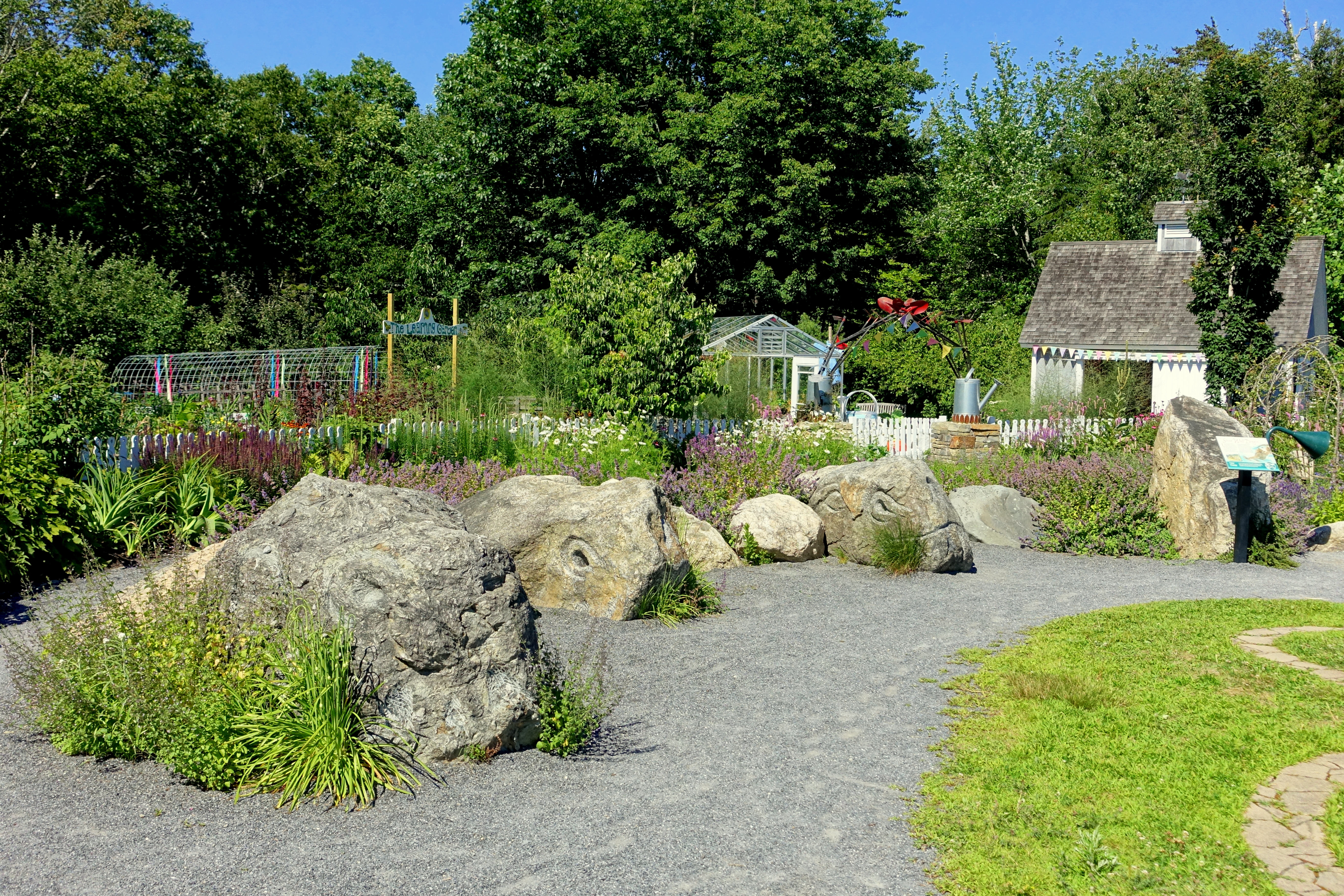Step into a world where dreams blossom and imaginations run wild - the enchanting realm of a children’s garden. Designing a space specifically catered to little ones is an artful task that requires careful consideration of their unique needs and interests. From vibrant plant selections to whimsical structures, every element plays its part in creating a haven where children’s curiosity and creativity can flourish. Today, we embark on a journey to explore the secrets behind designing a captivating and nurturing children’s garden, unveiling the magic that awaits within its boundaries. So, let us dive into the realm of wonders and unveil the secrets of crafting the perfect children’s garden.
Creating an Enchanting Wonderland: Design Principles for a Captivating Children’s Garden

Design Principles for a Captivating Children’s Garden
When creating a children’s garden, the aim is to transport young minds into an enchanting wonderland. To achieve this, consider the following design principles:
- Playful Pathways: Create winding paths that encourage exploration and discovery.
- Magical Elements: Incorporate whimsical features like fairy houses, hidden treasure chests, or a talking tree.
- Sensory Delights: Engage all senses by including scented plants, textured surfaces, and musical wind chimes.
- Immersive Plantings: Use plants to create themed areas, like a butterfly garden or a dinosaur jungle.
- Interactive Learning: Install educational signage, interactive games, or storytelling areas to foster knowledge.
Your children’s garden will come alive by implementing these design principles, leaving young imaginations forever captivated.
Optimizing Engagement and Learning: Key Features and Recommendations for Designing an Innovative Children’s Garden

- Interactive Elements: Incorporate engaging and hands-on features such as sensory gardens, water play areas, and musical installations to stimulate children’s senses and curiosity.
- Themed Zones: Design distinct zones within the garden, each highlighting a different aspect of nature, such as a butterfly garden, vegetable patch, or bird-watching area, to encourage exploration and learning.
- Education through Play: Integrate educational games, puzzles, and scavenger hunts that align with the garden’s theme and promote critical thinking and problem-solving skills.
- Sustainability Practices: Emphasize eco-friendly practices by incorporating composting areas, rainwater harvesting systems, and teaching children about the importance of sustainable living.
- Accessibility and Inclusivity: Ensure the garden is accessible to all children, regardless of ability, by incorporating inclusive design elements like wheelchair ramps, tactile pathways, and sensory-friendly spaces.
In Retrospect about Designing a Children’s Garden.
In conclusion, crafting a children’s garden is an enchanting endeavor that merges the worlds of imagination and nature, fostering the growth of both plants and young minds.
By considering the diverse needs and interests of children, we can design spaces that captivate their senses, spark curiosity, and encourage exploration. From whimsical pathways winding through flower beds to secret hideaways tucked beneath towering trees, we have the opportunity to create a world that stimulates their creativity and sense of wonder.
Through incorporating interactive features such as sensory plants, educational signage, and even pint-sized gardening tools, we can cultivate the love for nature and help children develop a deeper appreciation for the natural world around them. By providing areas for play, relaxation, and learning, we give children the chance to connect with the environment, fostering a sense of responsibility and environmental stewardship.
Now is the time to embark on this extraordinary venture, embracing the colors, scents, and textures that make a children’s garden flourish. So, let us cultivate these magical spaces, and watch with delight as our little ones bloom alongside the vibrant petals, realizing that designing a children’s garden is more than just planting flowers – it is an investment in a brighter, more sustainable future.
